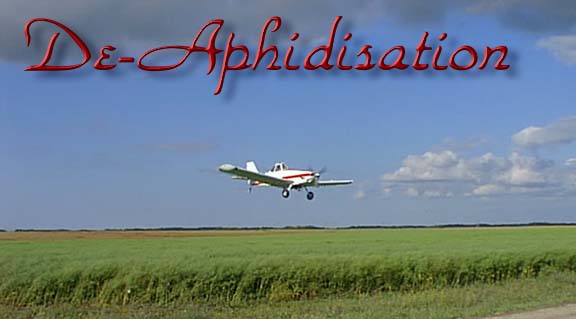

Canary seed is a valuable cash crop and this year it has been providing lunches, snacks and full course meals for aphids The picture above shows a Piper Brave spray plane levelling out as it is set up to make its run over the field. As you can see this is a Canola crop on the North side of the road while the
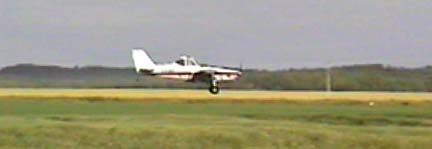
side.
The application of insecticides is a very controlled process there must be minimum wind to make sure the chemical is applied to the area needed. Insecticides are potent compounds and pose a threat to all living things during the time they are airborne. This means that
 birds and beneficial
insects
birds and beneficial
insectscan easily be eliminated with the bad ones. Spray pilots are enormously aware of the potential and take great care to see that their work is as precise as possible.
The chemicals used in pest control are especially dangerous. While looking over this aircraft in its hangar one day I noticed some marks on the spray boom and went to touch the affected area. The aircraft engineer told me in no uncertain terms not to touch the plane. He warned of the dangers of the chemicals involve and for him
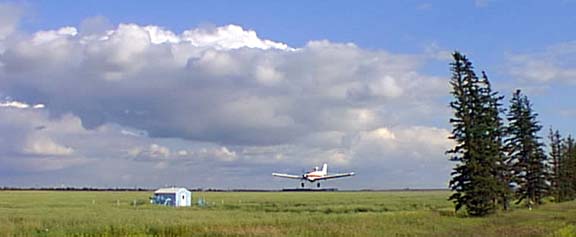

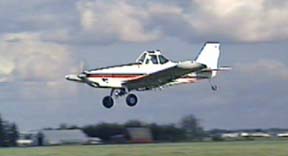
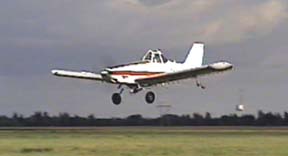
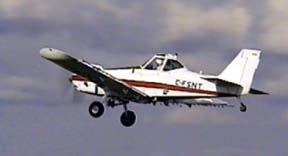

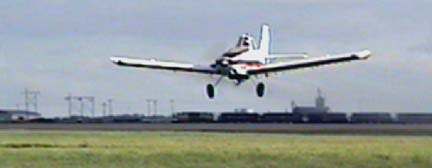
This is an excellent field over which to work with few obstructions so that smooth runs can be made North and South. With some chemical applications it is hard to keep track of the area sprayed and pilots use a marker strip that they drop from the aircraft to guide them. In this case the overlap is not critical and wing tip vortices will wash outward from the wing covering any areas not

The turn at the end of each run is done without reducing power and pilots attempt to complete the maneuver without losing speed so that the chemical will be applied evenly. It is not uncommon to enter a 60 degree turn at the end of the fields which will jam the pilot into his seat with a force of about three "Gs" or three times his normal weight.
When the field is finished then it is time to cross the ends of the field to tidy up

